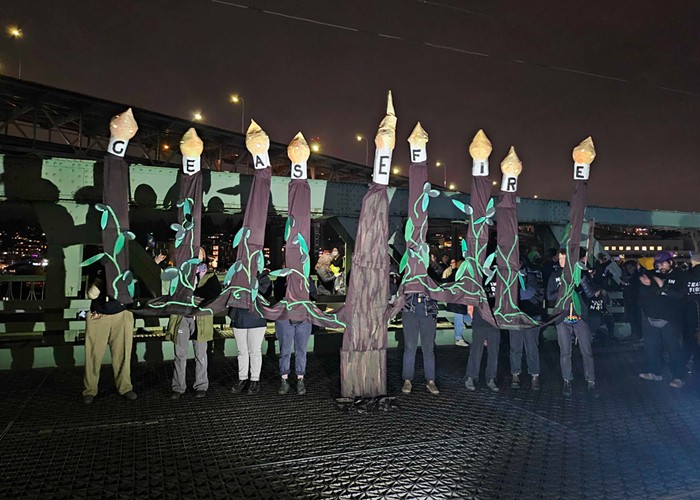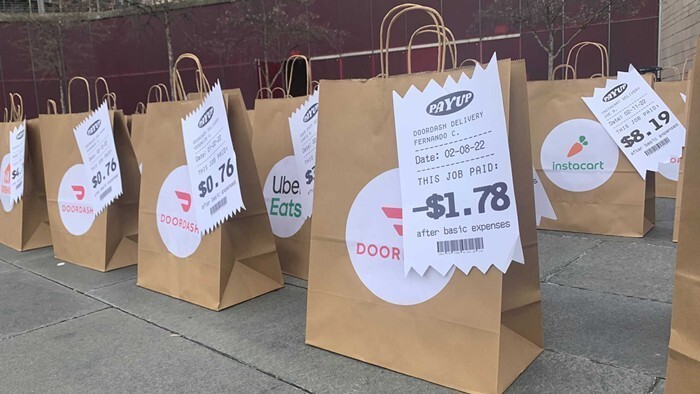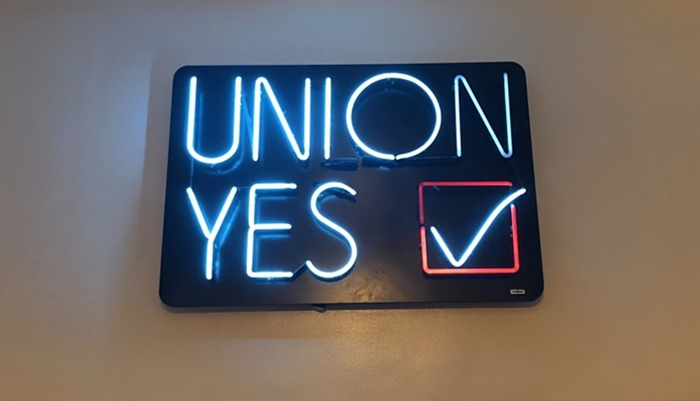
Two weeks ago, at a Seattle University forum, a young black student looked at Seattle's police chief and smiled at her.
"Zero deaths of people of color in Seattle: I know you can do it!" she exclaimed.
In the previous month, Seattle police officers had encountered 31-year-old James Slade, a mentally ill black man wanted for arrest. Despite advancing on an officer with a knife in each hand, and then striking an officer with one, the police didn't kill him.
"Please shoot me," Slade pleaded, ignoring commands to drop the knives. Dashcam video shows an officer firing four shots from a pistol and wounding Slade in the leg.
Slade kept on ignoring police commands and got inside a patrol car. Finally, after he threw one of the knives at an officer's chest, police restrained him on the ground. Then they treated his wounds.
If Seattle police had a "preservation of life" award, like Los Angeles now does, the officers who encountered Slade might be prime candidates.
But Che Taylor, 46, is dead. Taylor's encounter with Seattle police on Sunday lasted all of nine seconds.
His death has become a rallying cry for Black Lives Matter protesters and the Seattle-King County NAACP, who say he obeyed police commands but was murdered in cold blood.
Two plainclothes officers confronted Taylor, yelling at him, "Get down on the ground!" and "Hands up!" They approach him, rifles drawn, as he stands at the passenger side of the car. He puts his hands up for a split second, then ducks down.
The department says Taylor ignored police commands, went into the car, and reached for a handgun. But what goes on inside and on the other side of the car can't be seen on the dashcam video released by the SPD.
The department has been highly selective with the information it has released so far. Here are a number of questions the police department isn't answering:
Here's something we do know: One of the officers who fired at Taylor is Michael Spaulding.Are there other police videos of the scene?
What unit do the two officers belong to?
What kind of guns are the officers carrying, and what kind of bullets did they use?
Are “Get on the ground!” and “Hands up” contradictory commands? Could this have led to any confusion on Taylor’s part?
Did the officers identify themselves to Taylor as Seattle police? How? When, in relation to when the video starts?
How many shots did each officer fire?
What training have the officers undergone since the Department of Justice consent decree began?
At what time did the officers first notice Taylor that day?
For what purpose were officers conducting surveillance? How many officers were conducing surveillance in the area? How did this surveillance manifest?
Who is the civilian witness who says Taylor reached for his gun? Where was this civilian witness at the time of the shooting? Did SPD have any contact with this witness prior to this incident? Is this witness a police informant?
And there are two things we know about Spaulding. He killed an agitated, mentally ill man named Jack Sun Keewatinawin in 2013, after slipping and falling, arguing he had no choice but to defend himself. A King County inquest indicated the shooting was justified, but the man's family said police could have spared his life.
The following year, Spaulding signed his name to desperate lawsuit, filed by almost ten percent of the police force, to block Department of Justice-mandated use-of-force reforms. The lawsuit argued the common sense reforms would put officers in danger.
Over the past two days, I spoke to three former police officers about the Taylor shooting. They expressed a desire for more transparency from Seattle police. In an announcement today, the city said it would provide an update on its investigation within thirty days.
The SPD says Taylor ignored police commands. But after repeatedly viewing the dashcam video, two of the former officers said it shows Taylor complying with officer directives.
A third former officer said those commands may have been contradictory and confusing.
"You heard them say get down," said Ronald Hampton, former Executive Director of the National Black Police Association, and a retired Washington D.C. officer who served for twenty years. "He got down. He was following the orders. He was obeying what they were shouting."
Hampton said he would have taken a different approach. "Don’t get down," he said. "I’m going to have him put his hands up in the air, and then I’m going to ask him to take several steps back so he’s in the clear... Now he’s in plain view and you can see him."
"You don’t run up on the situation and put yourself at disadvantage," Hampton said.
Richard Lichten, a former Los Angeles-area cop who has testified as a police practices expert, focused on the content of the commands themselves. "If one officer says get your hands up, and another says get on the ground, who do you believe?... That can be confusing."
Still, he said, "It looked like he [Taylor] was going into his car, not going down on the ground."
He said if things happened the way police say they did, a reasonable officer would have feared for his life. He called the nine seconds an "eternity," said Taylor should have known to simply freeze and put his hands up.
Both Hampton and Lichten said a forensic analysis of the pathways of the bullets that struck Taylor will be important to determining what happened—whether Taylor had his back to the officers and if he was going to the ground or going into the car.
And, Lichten said, "If this were my case, I would want to know what led up to it, what options they had."
I also spoke to a police officer who just retired from the King County Sheriff's department after more than two decades on the force. He spoke on condition of anonymity.
"From the angle presented, I cannot draw any type of conclusion [about whether the shooting was justified]," he said. "If those officers had body cameras, it would be a lot easier." They were not wearing bodycams.
"If they know they're dealing with a person that's armed," he said, "then you want to come in with force showing."
The way officers rush toward the car with their guns out is "standard stuff... That looks pretty textbook."
"From what I saw, he was told to get down, and he was getting down. And while he was down, I don't know what prompted them to shoot... He's getting down. But we can't tell if he's getting all the way on the ground."
"He was obeying commands," the former officer said. "And it looks like the other officer was going in to take control of him, when the officer with the rifle began to shoot."
The former officer condemned the SPD for quickly releasing details about Taylor's criminal history to the media. "Their past shouldn't come into play" he said. "It has no bearing."
"Because it causes sensationalism," he added. "You had Channel 13 reporting that he was a 'wanted violent felon.'" (The "wanted" part was inaccurate. There was no warrant out for Taylor's arrest.)
Hampton said those details were released in order to "muddy the water." In a statement yesterday, the Public Defender Association said police departments locally and nationally release those kinds of details in order to tarnish the character of the people they've killed. SPD had no comment on the issue when questioned by KING 5.
Lichten disagreed, saying that information is public anyway.
Taylor had been working at an Amazon distribution center in Kent, driving a forklift, since his release from a 22-year stint in prison, according to his sister. His brother, who led a protest march through downtown Seattle on Thursday, said Taylor was going through a "redemptive process."
"It's just an unfortunate circumstance," the former King County sheriff's deputy said. Of the investigation into the shooting, he said, "I hope they don't drag their feet on it."
Taylor was the 146th person to be killed by police in the United States this year, according to The Guardian. He was the sixth person killed by police this year in Washington State, where officers cannot be criminally prosecuted and convicted unless it's proven they acted with "malice."
This article has been updated since its original publication.


















